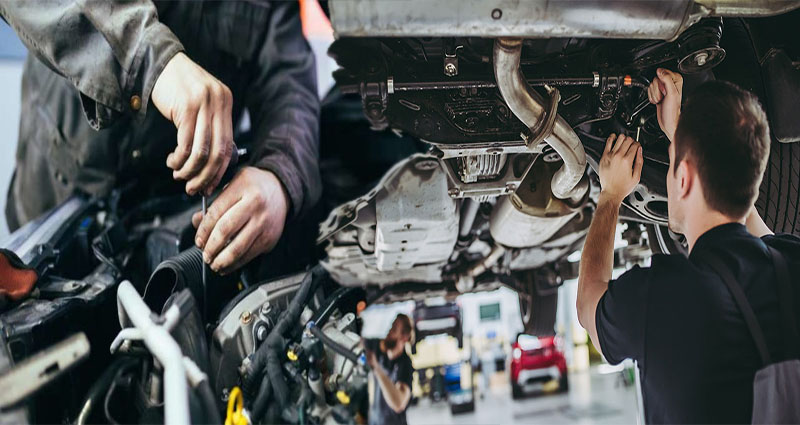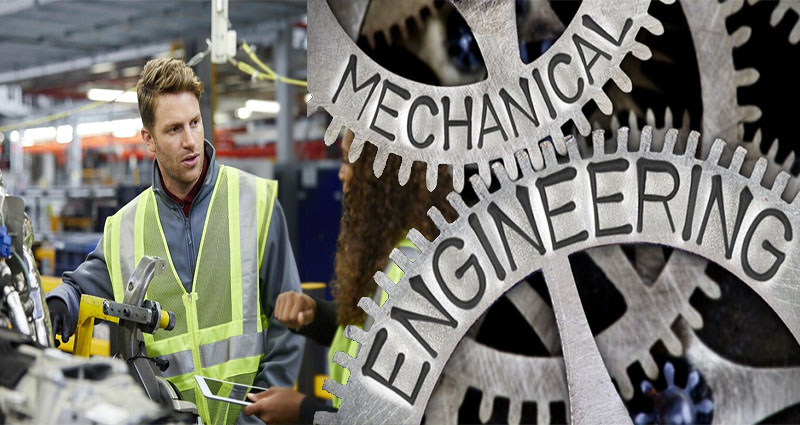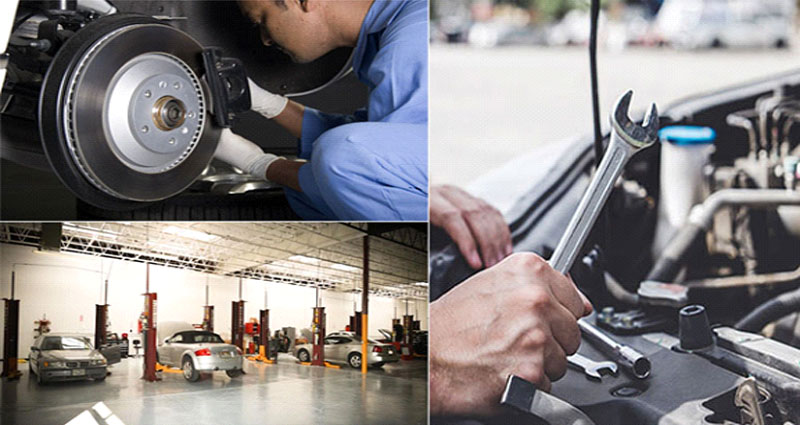An Introduction to Engineering Mechanics
An introductory text on engineering mechanics provides a comprehensive overview of a range of subjects. In particular, the text includes a number of case studies, which highlight the relevance of technical content in historical, societal, and ethical contexts. These case studies are valuable in providing a holistic perspective for engineers and other technical professionals. In addition, the text provides an in-depth exploration of the relationship between mechanical properties and human health.
Statics
Introduction to engineering mechanics and statics is the first of two courses covering fundamental principles of engineering. This course emphasizes real-world engineering applications and problem-solving. The course prerequisites include physics and basic calculus. Students should be comfortable with concepts from those courses. For example, students should know how to construct a free body diagram and how to apply constraints. This book also offers interactives and multiple-choice exercises for students to practice what they have learned.
Kinematics
If you … READ MORE ...








